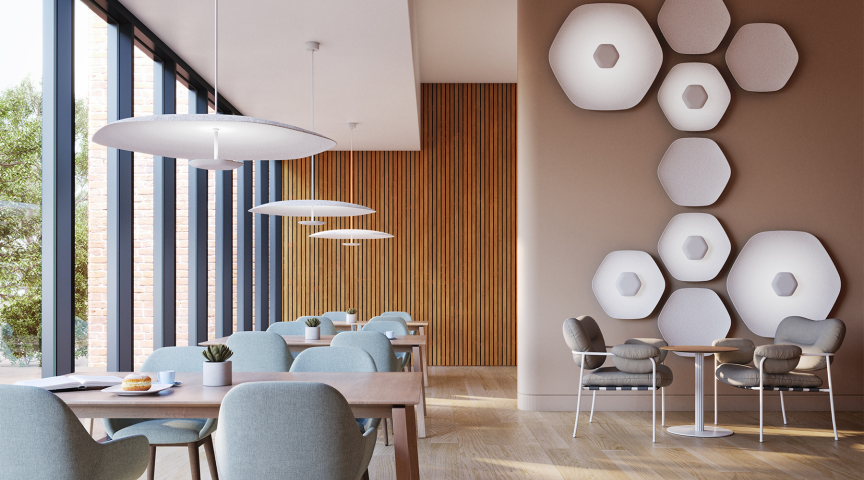
Human Centric Lighting References & Resources
Industry References
-
CIE Position Statement on Non-Visual Effects of Light. 2019
http://www.cie.co.at/publications/position-statement-non-visual-effects-light-recommending-proper-light-proper-time-2nd
-
UL DG 24480
Design Guideline for Promoting Circadian Entrainment with Light for Day-Active People
https://www.shopulstandards.com/ProductDetail.aspx?productId=UL24480_1_D_20191219
-
ANSI/IES, RP-46-23
Recommended Practice: Supporting the Physiological and Behavioral Effects of Lighting in Interior Daytime Environments. New York: IES; 2023.
https://store.ies.org/product/recommended-practice-supporting-the-physiological-and-behavioral-effects-of-lighting-in-interior-daytime-environments/?v=0b3b97fa6688
-
WELL Building Standard
Concepts/Light/Feature L03 Circadian Lighting Design
https://v2.wellcertified.com/v/en/light/feature/3
More Resources & Research
-
Human Centric Lighting and Semantic Drift
https://doi.org/10.1080/15502724.2018.1501234 [OPEN ACCESS]
This LEUKOS editorial traces the rise of the phrase “Human Centric Lighting” and comments on the lack of clarity about what the phrase could mean and might mean to different people. -
Human-Centric Lighting: Myth, Magic, or Metaphor?
https://doi.org/10.1177/1477153520958448
This LR&T articleunpacksthe concept of HCL. What is old? What is new? What is known? What is unknown? What are the varied roles of different constituencies? -
A Review of Human Physiological Responses to Light: Implications for the Development of Integrative Lighting Solutions
https://doi.org/10.1080/15502724.2021.1872383 [OPEN ACCESS]
This LEUKOS article is a comprehensive review intended to be a one-stop scientific article for those that are trying to understand how light influences biology and physiology. It is written for the scientific community as much as it is for the design community. -
Human-Centric Lighting: Foundational Considerations and a Five-Step Design Process
https://doi.org/10.3389/fneur.2021.630553 [OPEN ACCESS]
This articles supports specifiers. They are the ones that are tasked with designing light for people, yet the information they need to make good decisions is fragmented and inconsistent. This article provides order to the complexity of information that is out there, offering actionable guidance. -
Melanopsin Vision: Sensation and Perception through Intrinsically Photosensitive Retinal Ganglion Cells
https://doi.org/10.1017/9781009029865
This brief book in the Cambridge Elements in Perception series integrates new knowledge and perspectives from visual neuroscience, psychology, sleep science, and architecture to discuss how melanopsin-mediated ipRGC circuits can be manipulated with light. -
Ethics and Fallacies of Human-Centric Lighting and Artificial Light at Night
https://doi.org/10.1080/15502724.2021.1951021 [OPEN ACCESS]
This LEUKOS editorial comments on the intrinsic problems with human centricity. Lighting causes collateral damage to people and non-human life. Does the lighting community have the collective will to do better?







